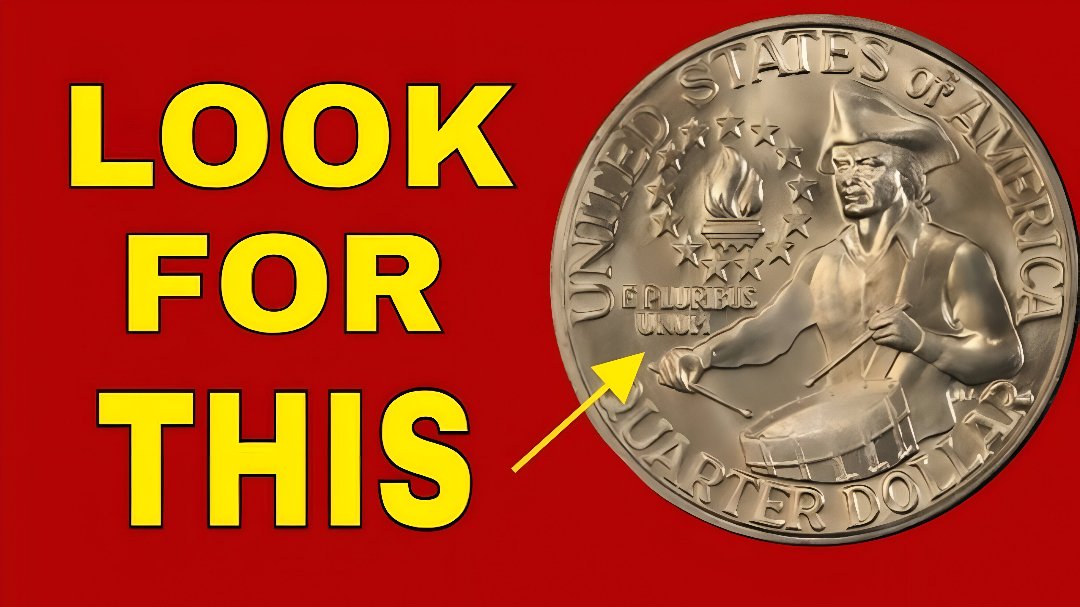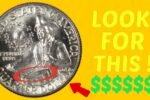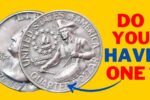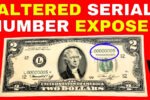Rare Bicentennial Quarter : The world of coin collecting is no stranger to sensational headlines, but few have sparked as much excitement—and skepticism—as the claim that a rare Bicentennial quarter valued at $2.5 billion is still in circulation. The idea that a single 25-cent coin could be worth more than the GDP of a small country has captured the imagination of collectors and casual change-checkers alike. But is there any truth behind this astronomical valuation, or is it another viral myth fueled by internet hype?
A Look at the Bicentennial Quarter
In 1976, the United States celebrated its 200th birthday with a series of specially designed coins. Among them was the Bicentennial Washington Quarter, minted in 1975 and 1976 (all bear the date “1776–1976”). These quarters featured a unique reverse design by Jack L. Ahr, depicting a colonial drummer and a torch encircled by 13 stars, replacing the traditional eagle motif.
The coins were a huge hit and were minted in large numbers—billions, in fact. They were made in copper-nickel clad for general circulation and in 40% silver for collectors’ sets. While they hold sentimental and historical value, most Bicentennial quarters are still only worth face value today.
The $2.5 Billion Quarter: Fantasy or Reality?
So where does the jaw-dropping $2.5 billion figure come from?
According to experts and reputable coin dealers: nowhere credible.
There is no official record, auction history, or numismatic documentation of any Bicentennial quarter being valued or sold for billions—let alone remaining “in circulation.” The figure likely originated from a clickbait article or an exaggerated social media post that snowballed across the internet. Unfortunately, stories like this are common in the age of viral content, where facts often take a backseat to sensationalism.
Even the rarest Bicentennial quarters, such as error coins or those struck in silver, fetch only hundreds or thousands of dollars at most—not billions.
What Rare Versions Are Valuable?
While no Bicentennial quarter is worth anywhere near $2.5 billion, some varieties are still prized by collectors:
-
40% Silver Bicentennial Quarters: Issued in special collector sets, these can fetch $5–$10 or more, depending on condition.
-
Proof Coins: Especially those with deep cameo contrast and flawless surfaces, these can be worth more than $100 in top-graded condition.
-
Error Coins: Examples with off-center strikes, double dies, or other minting anomalies can sell for hundreds or even thousands of dollars, depending on rarity and condition.
Could a Rare Coin Still Be in Circulation?
Technically, yes. While rare, it’s not impossible for collectible coins to end up in general circulation—especially during periods of coin shortages or when estates are liquidated and old coins are spent. However, the chance of a coin as rare as a billion-dollar quarter being found in pocket change is virtually zero.
A Word of Caution
Many online articles or videos making outrageous claims about coin values are aimed at generating clicks and ad revenue—not providing accurate information. If you’re ever curious about a coin’s true worth, consult reputable sources such as:
-
The Professional Coin Grading Service (PCGS)
-
The Numismatic Guaranty Company (NGC)
-
The Red Book (A Guide Book of United States Coins)
-
Local coin dealers or coin shows
Conclusion
The idea of a $2.5 billion Bicentennial quarter still in circulation is a captivating story—but unfortunately, it’s just that: a story. While some quarters from 1976 can be worth a tidy sum due to silver content or rare errors, none even approach a million-dollar value, let alone billions.
That said, coin collecting remains a rewarding hobby filled with surprises. So next time you receive change, take a moment to look more closely—you may not find a billion-dollar coin, but you just might uncover a piece of American history worth more than you think.




